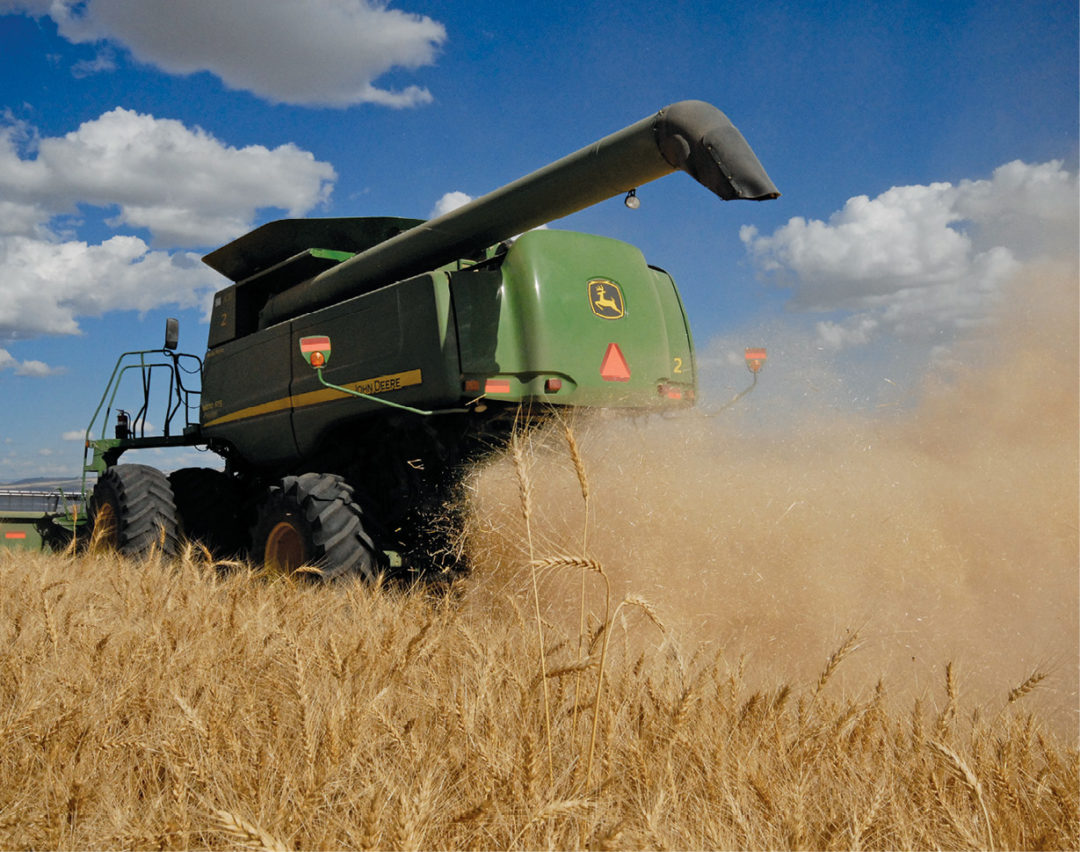No-Till Farmer
Get full access NOW to the most comprehensive, powerful and easy-to-use online resource for no-tillage practices. Just one good idea will pay for your subscription hundreds of times over.

As No-Till Farmer readers know, editor Frank Lessiter visited the Palouse region in the Pacific Northwest in early August during the 2010 small grain harvest. He observed that many Palouse (southeastern Washington, mid-central Idaho and northeastern Oregon) no-tillers and direct-seeders perform some residue handling after harvest.
Since I have worked in both the Palouse and the Midwest, Frank asked me to explain the major differences in crop-residue management practices under these no-till and direct-seeding conditions.
Here in the Midwest, most no-tillers don’t want to do any tillage and definitely don’t want to work weed seeds and volunteer crop seeds into the soil. Even complaints that Bt corn residue is decaying slowly are usually no reason for Midwestern no-tillers to work their ground.
However, some limited tillage tools, such as the Salford RTS, Phoenix harrow, Great Plains Turbo-Till and other units have shown up in some no-till operations.
Some of these vertical-tillage-type tools cause very little soil disturbance, but do size and redistribute crop residue. Other tools, such as the Aerway units, may do more surface disturbance.
Several concerns with these machines come to mind, like scattering and planting weed seeds, creating loose crop residue that can be moved easily by runoff and wind, added cost and sometimes the loss of USDA benefits.
Some no-tillers use air seeders mounted on a vertical-tillage tool to handle residue while planting cover crops, which will help in cornstalk breakdown.
Of course, seeding cover crops with a no-till drill is another option that…